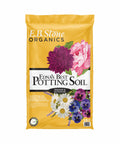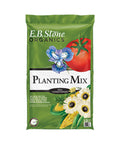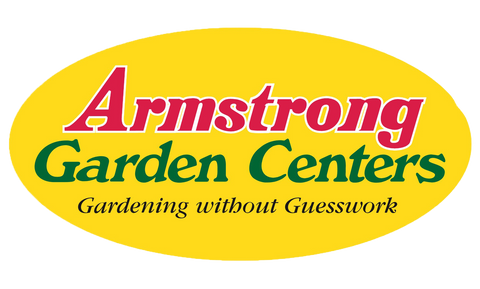Details
Japanese Yew is an evergreen tree with a narrowly upright and columnar growth habit. Its relatively fine texture sets it apart from other landscape plants with less refined foliage.
This is a relatively low maintenance tree, and can be pruned at anytime. It has no significant negative characteristics.
Japanese Yew is recommended for the following landscape applications:
- Accent
- Mass Planting
Features
Japanese Yew has attractive dark green foliage which emerges light green in spring. The glossy narrow leaves are highly ornamental and remain dark green throughout the winter. Neither the flowers nor the fruit are ornamentally significant.
Care
Planting & Growing
Japanese Yew will grow to be about 30 feet tall at maturity, with a spread of 15 feet. It has a low canopy with a typical clearance of 3 feet from the ground, and is suitable for planting under power lines. It grows at a slow rate, and under ideal conditions can be expected to live for 50 years or more.
This tree does best in full sun to partial shade. It does best in average to evenly moist conditions, but will not tolerate standing water. It is not particular as to soil type or pH. It is somewhat tolerant of urban pollution. This species is not originally from North America.

































